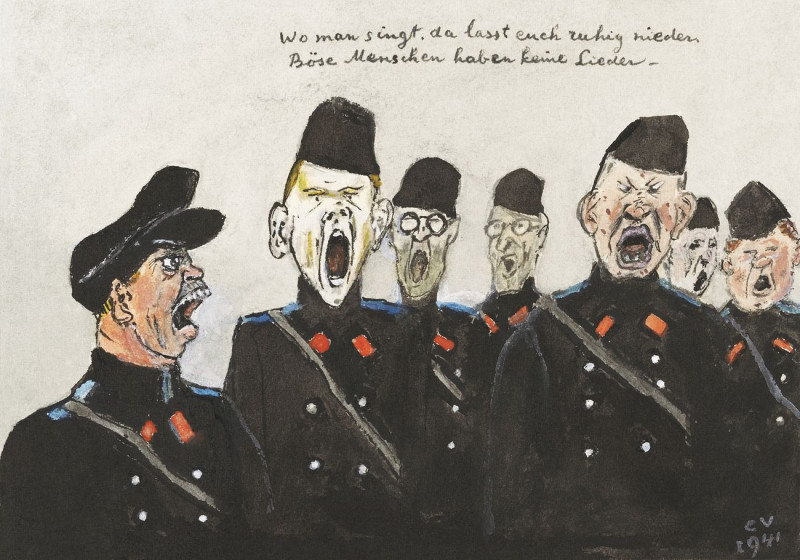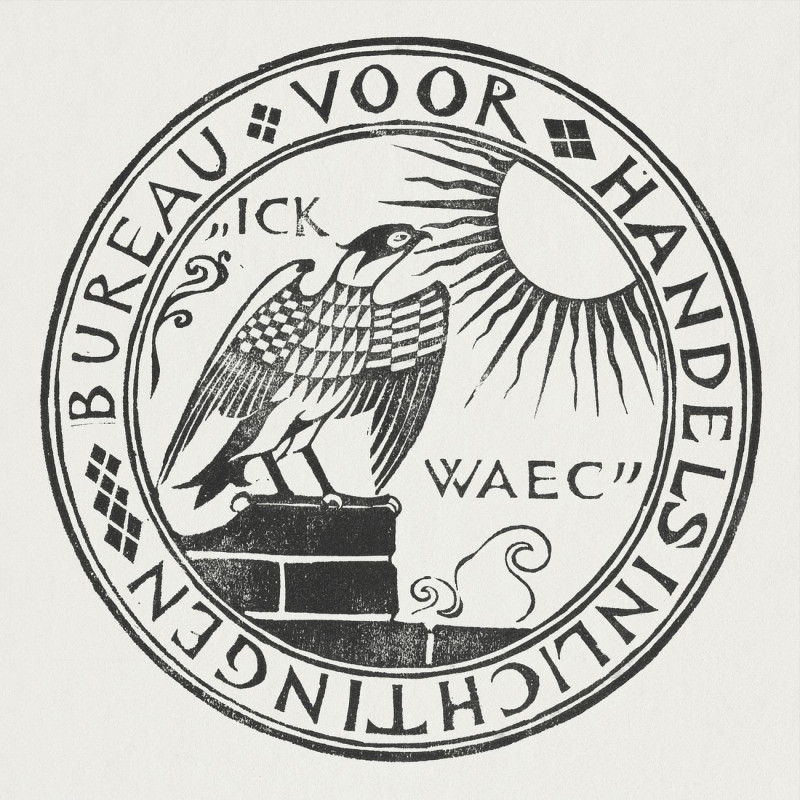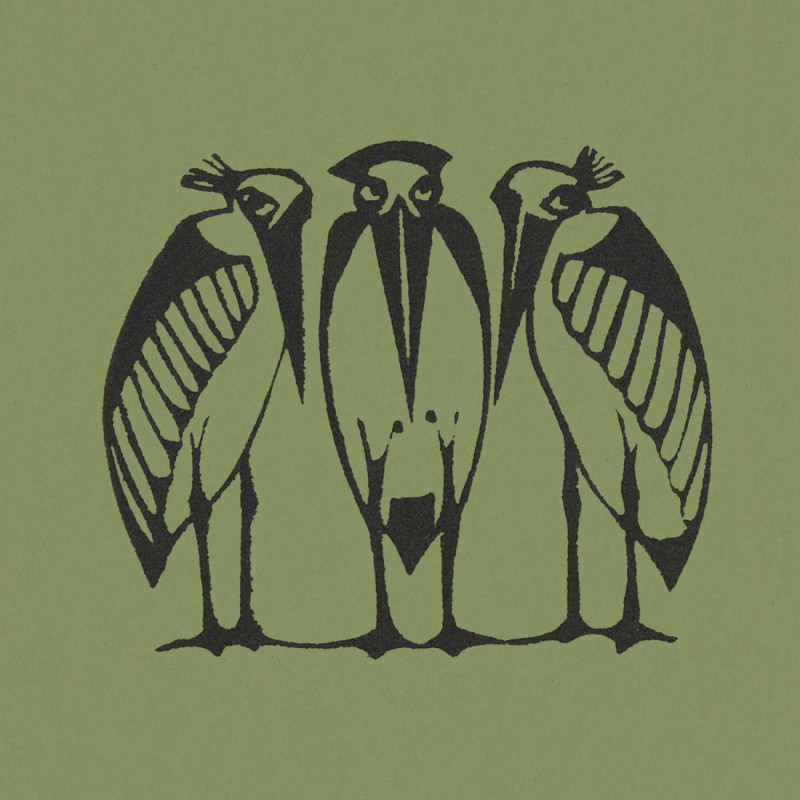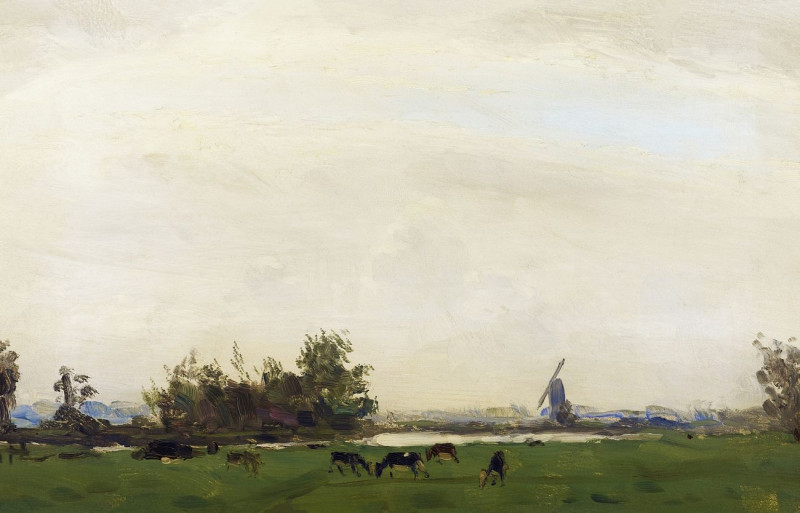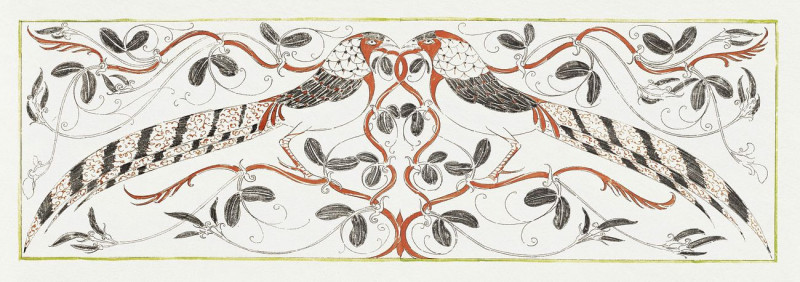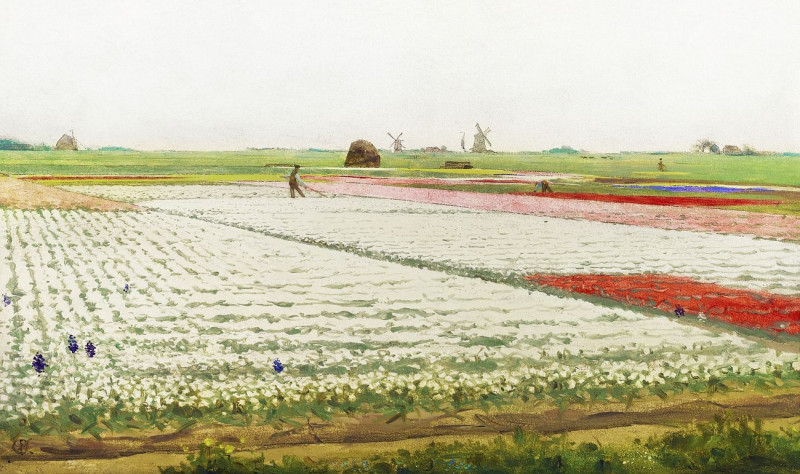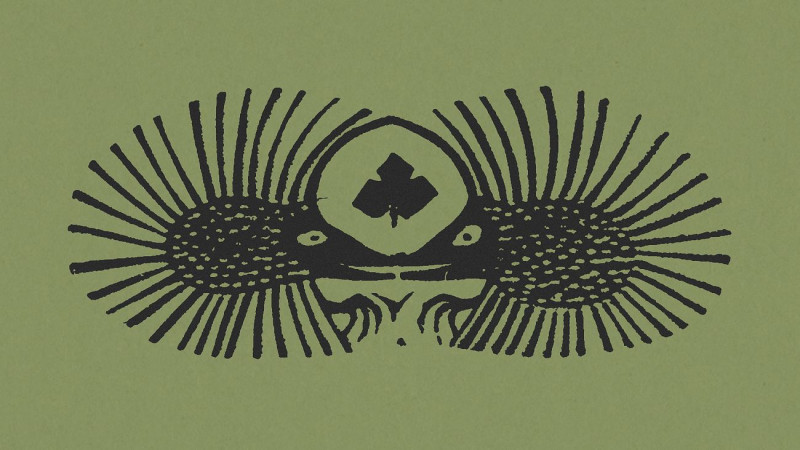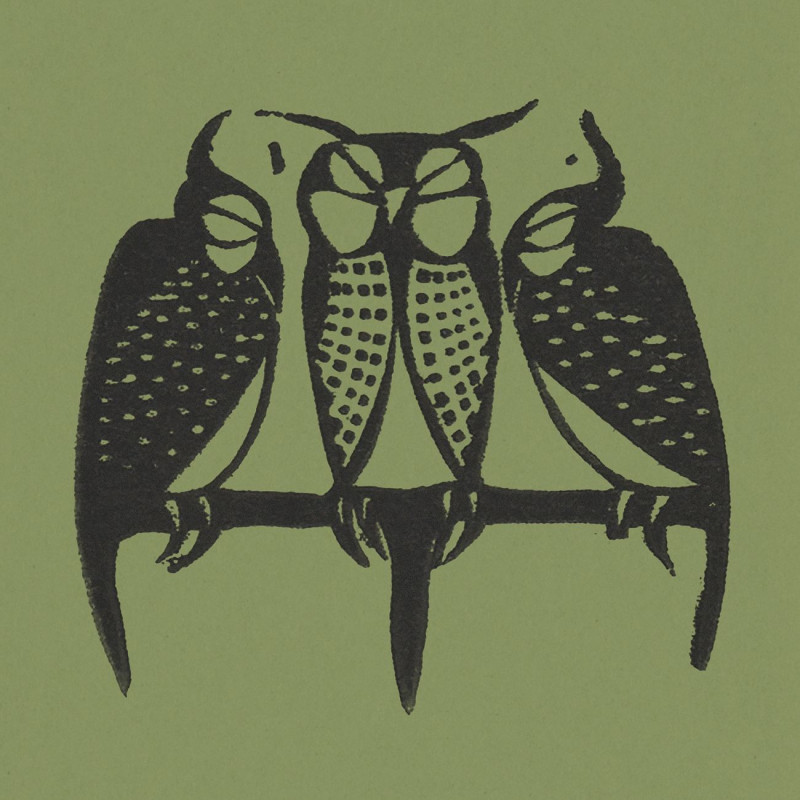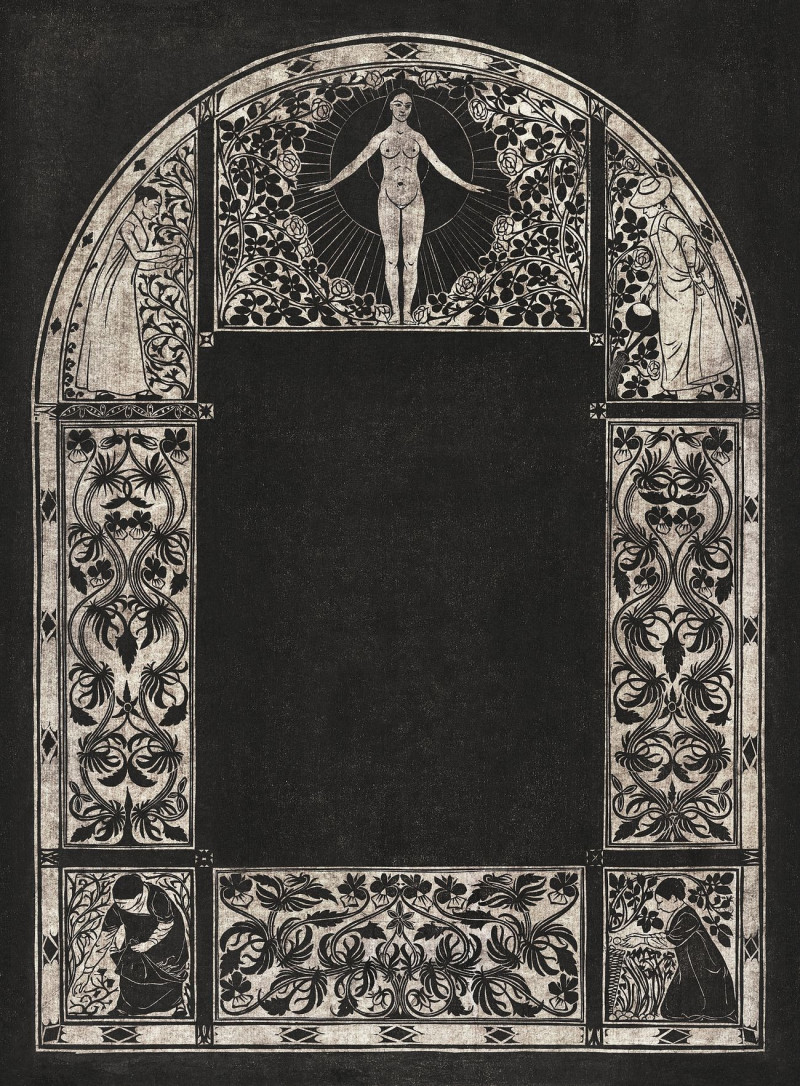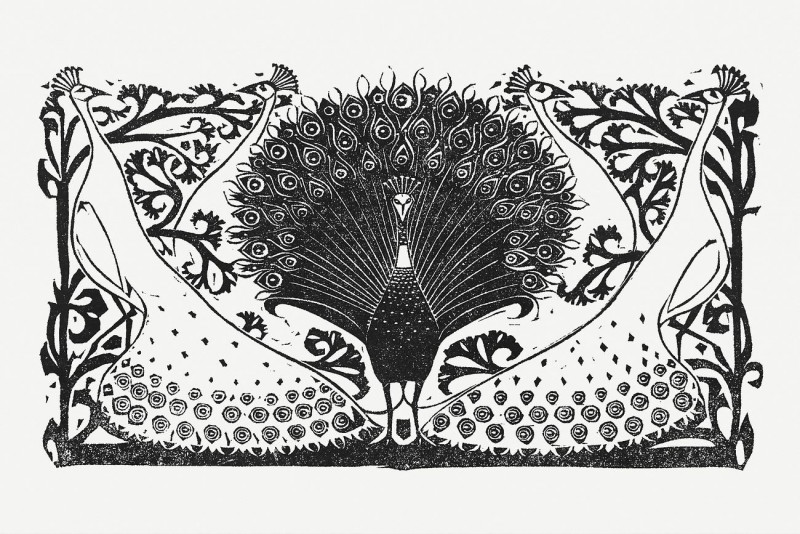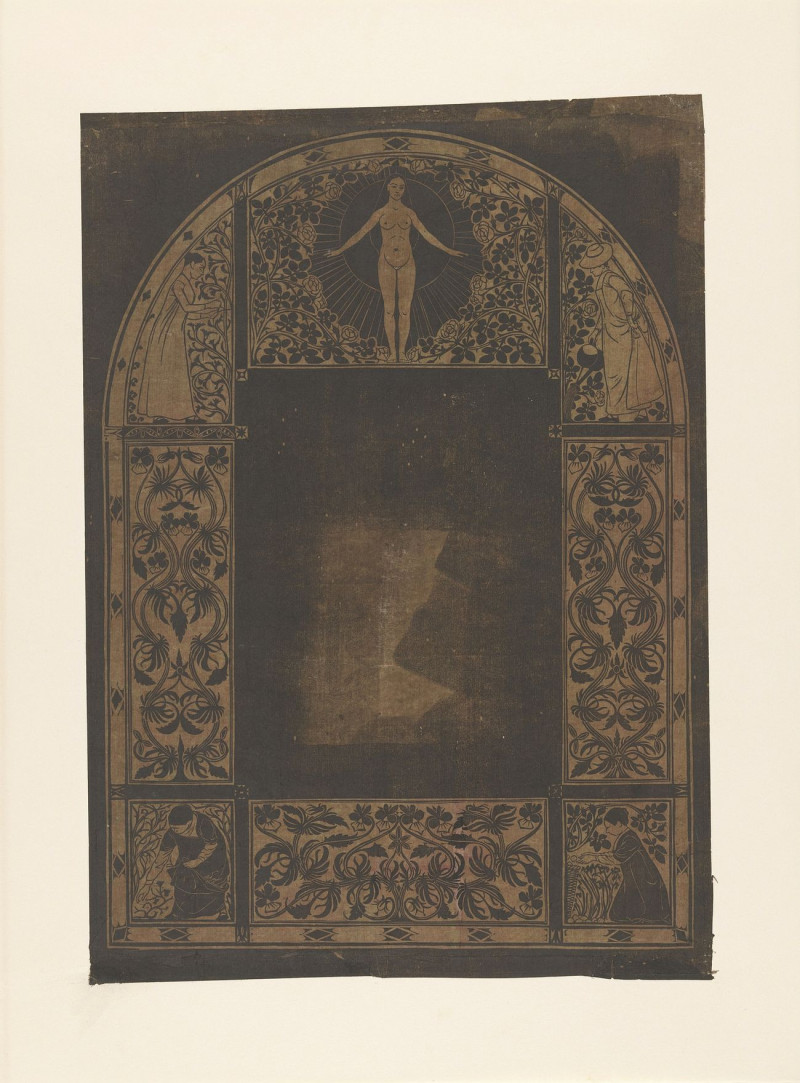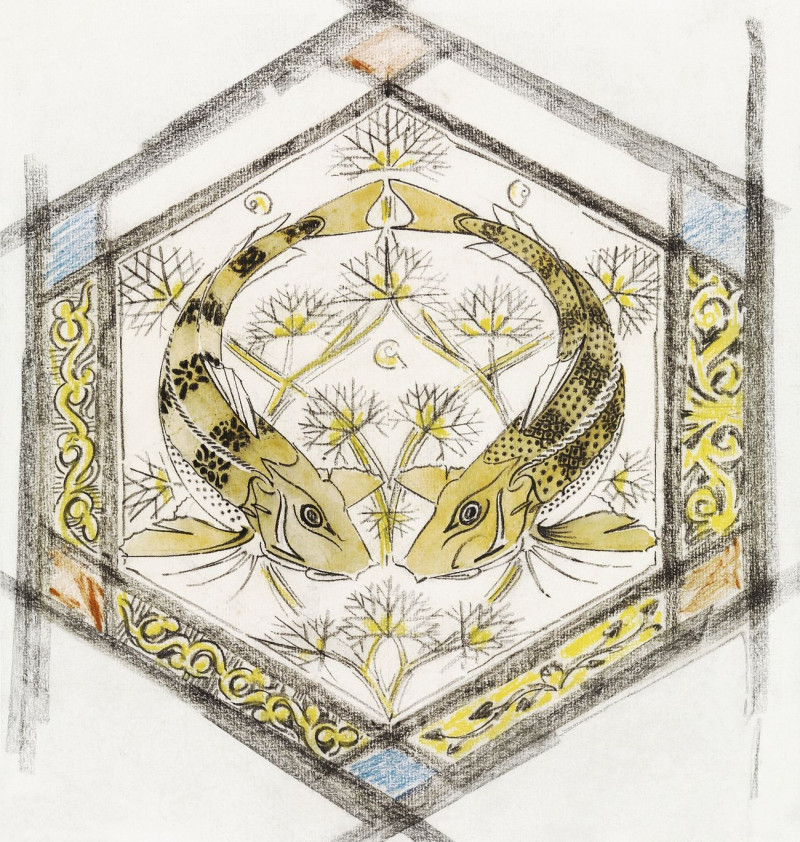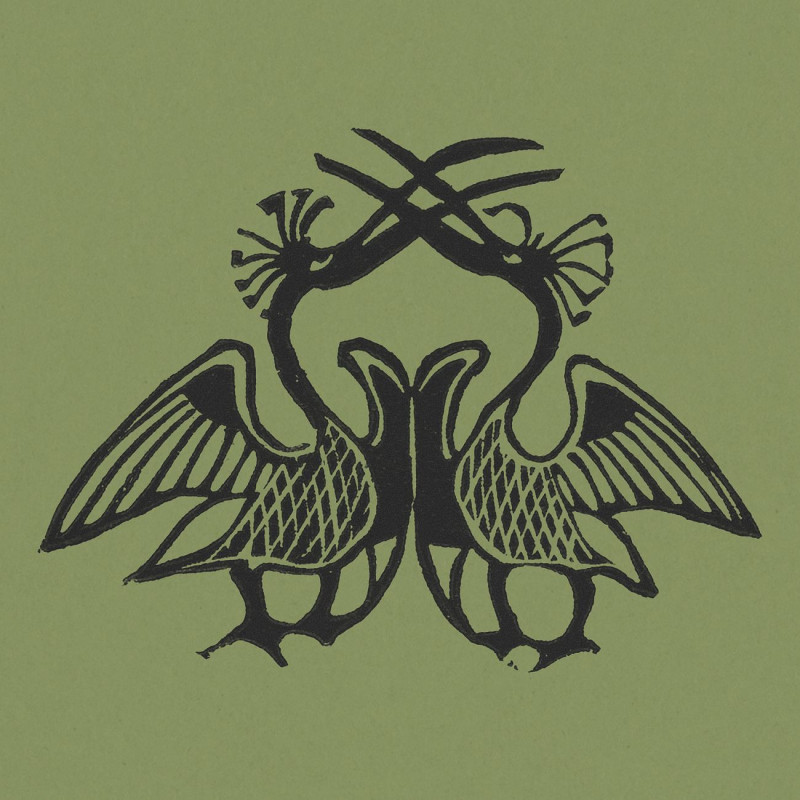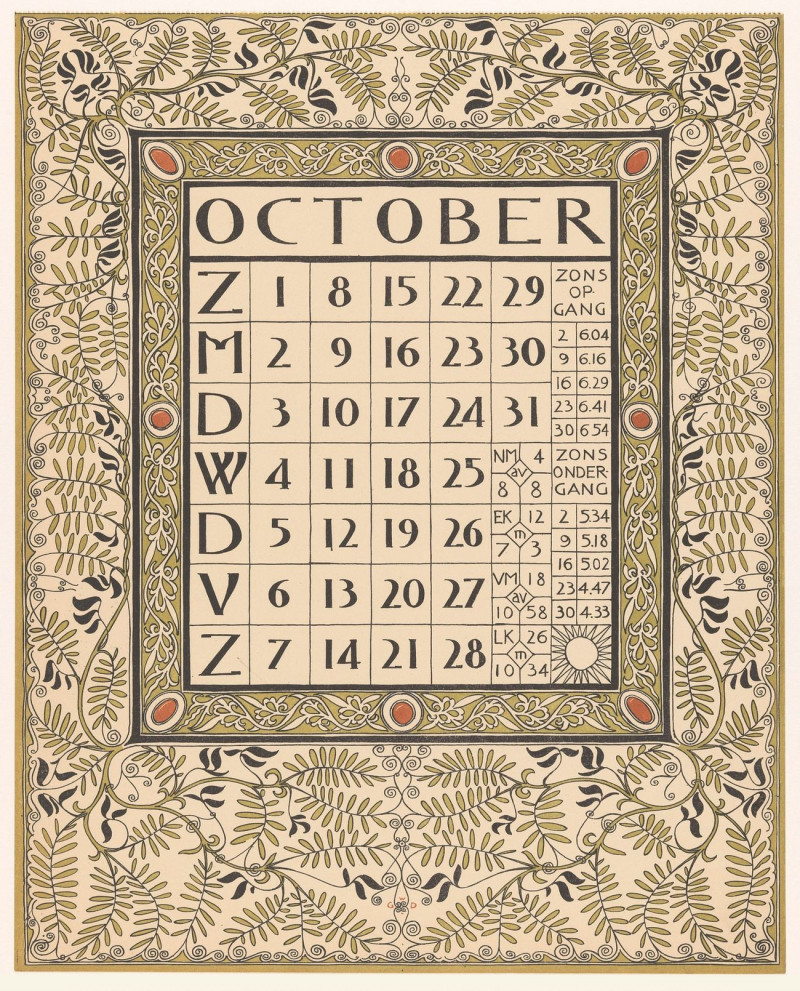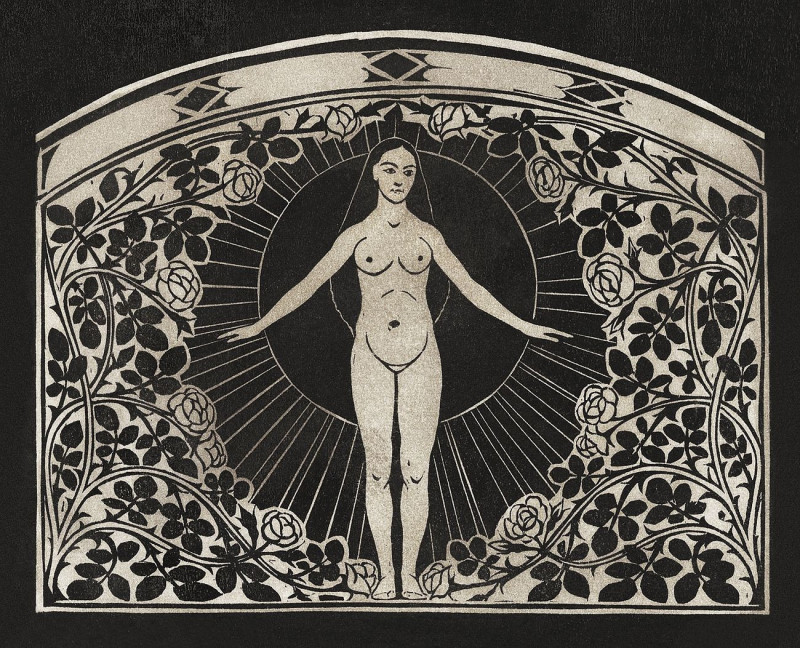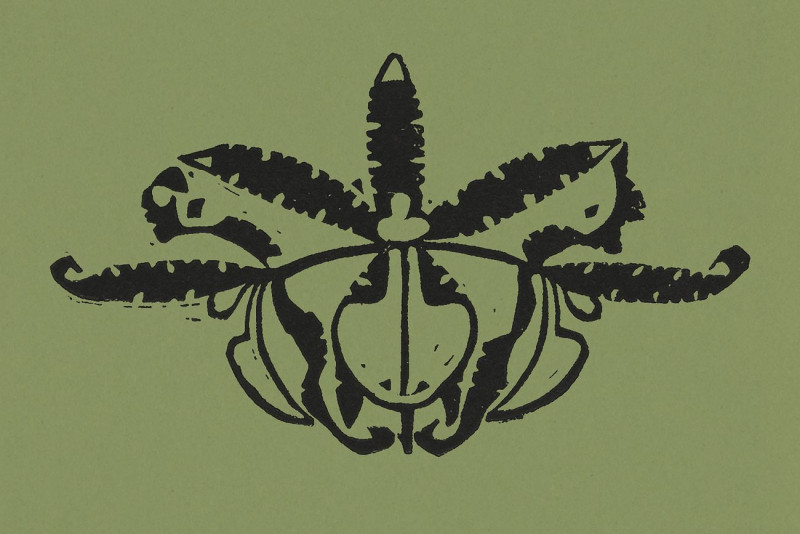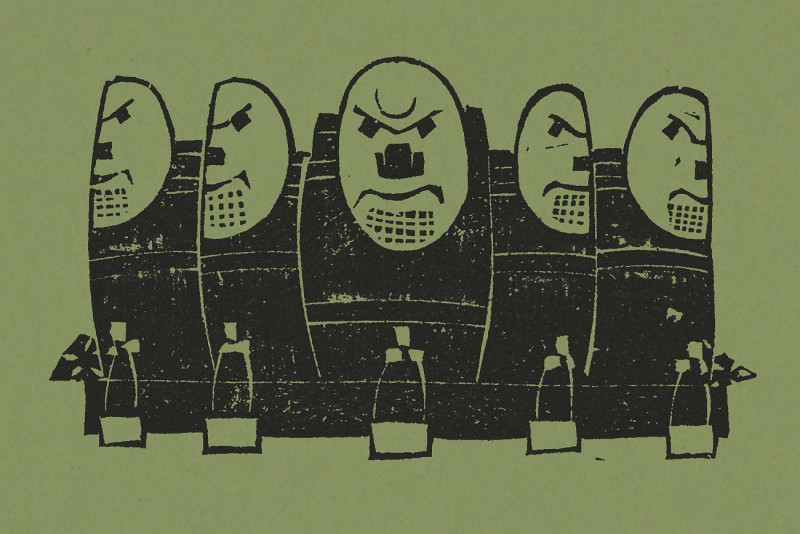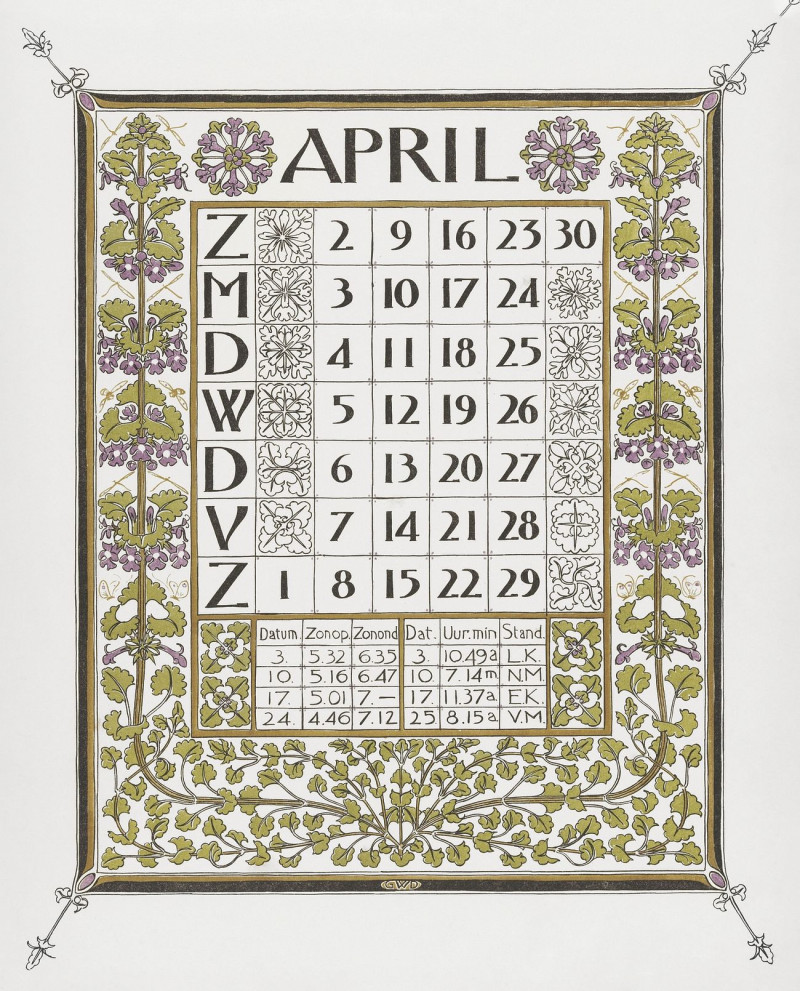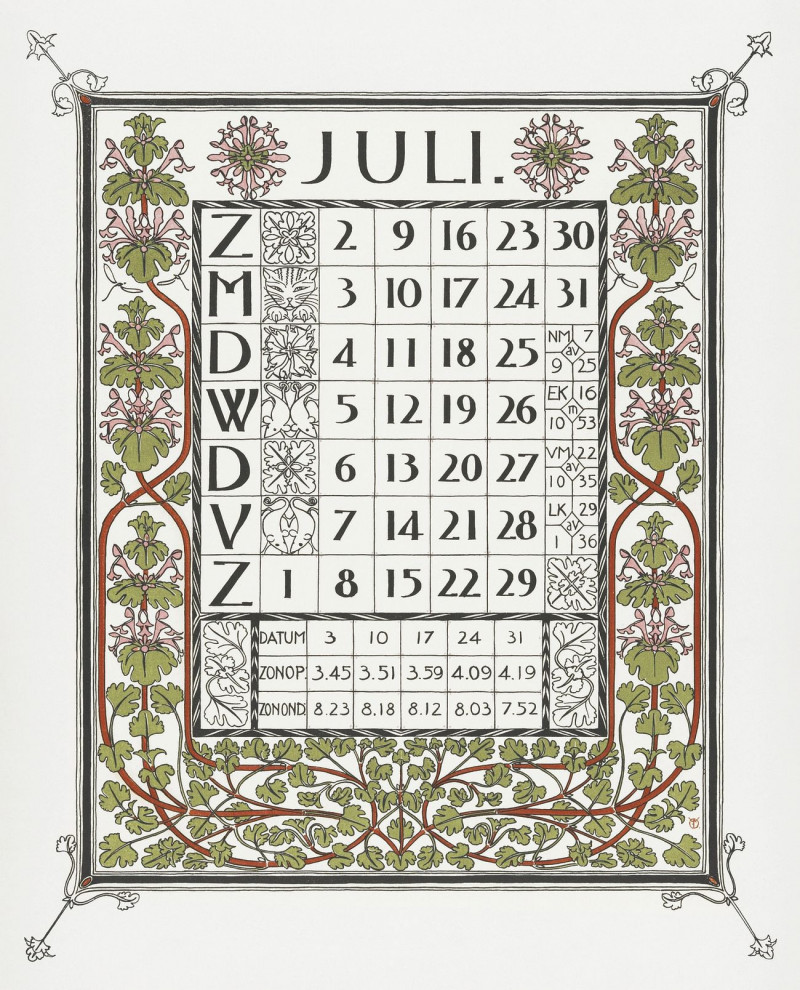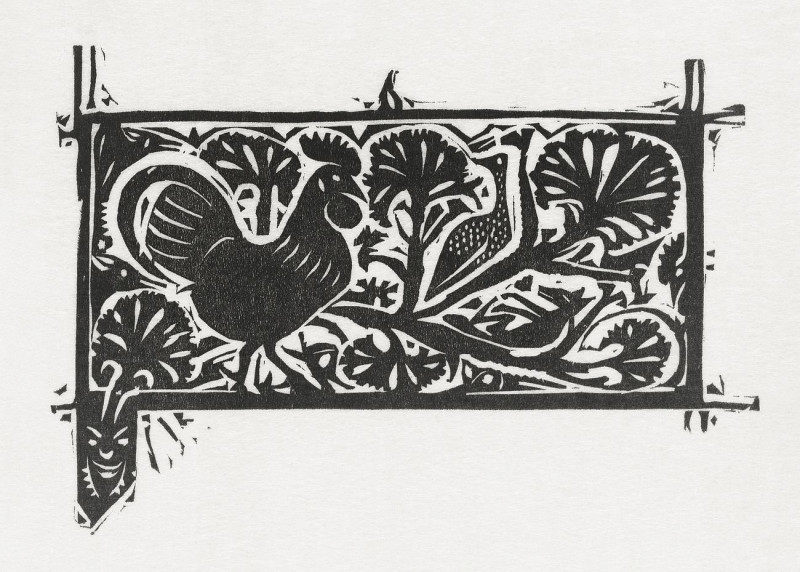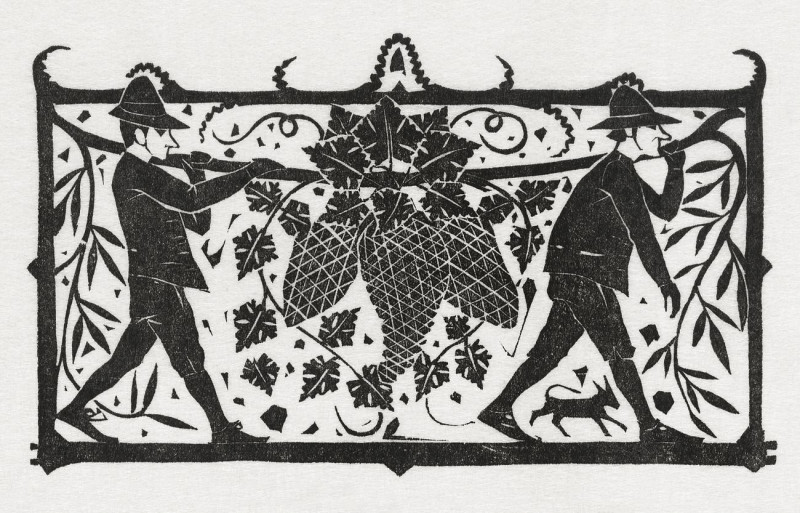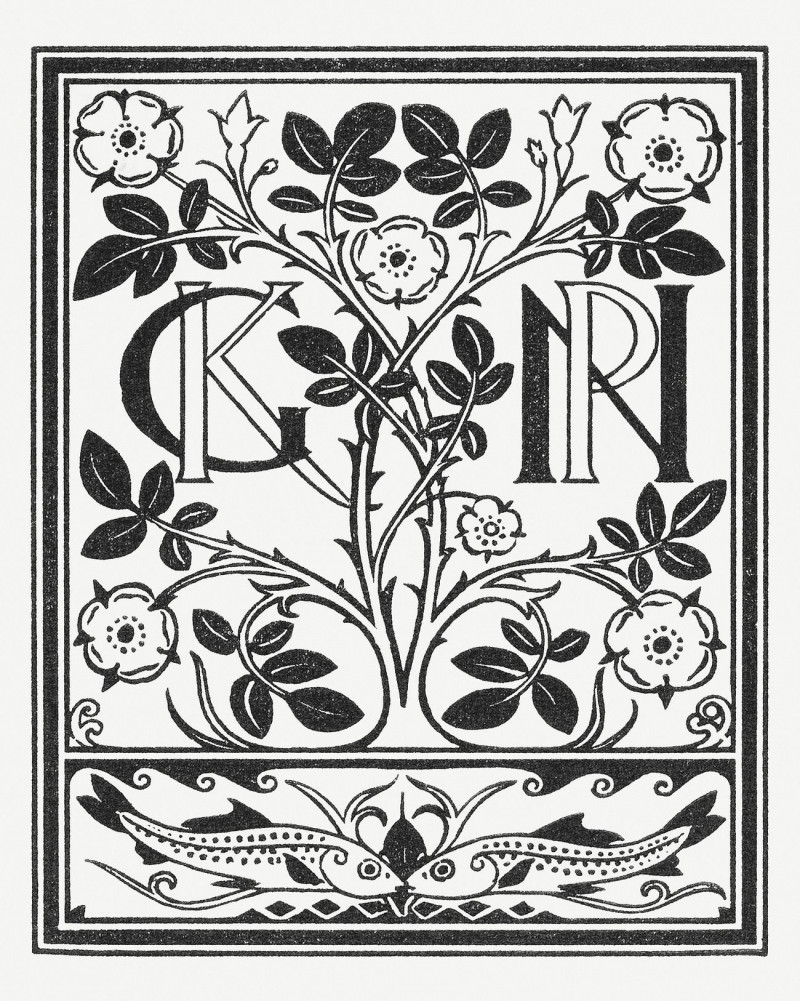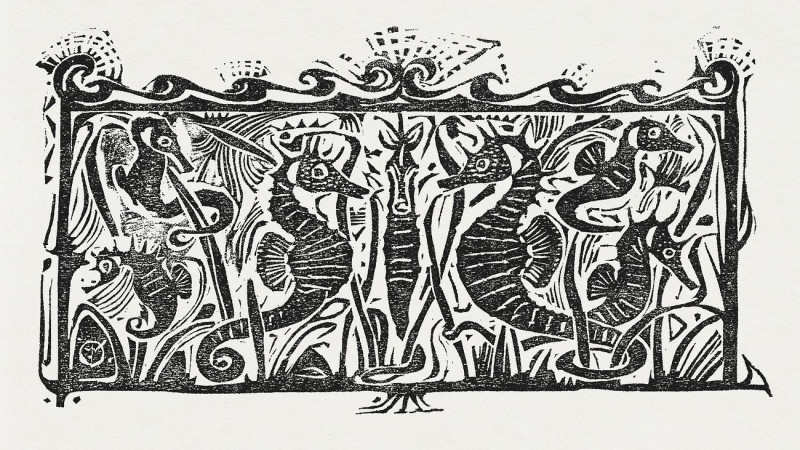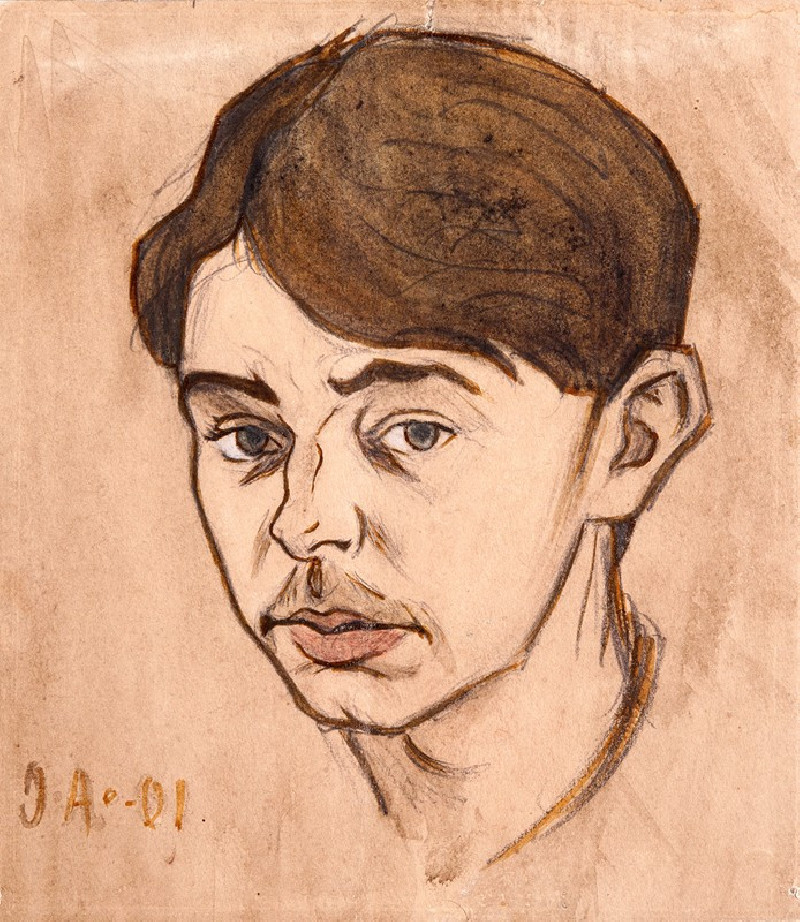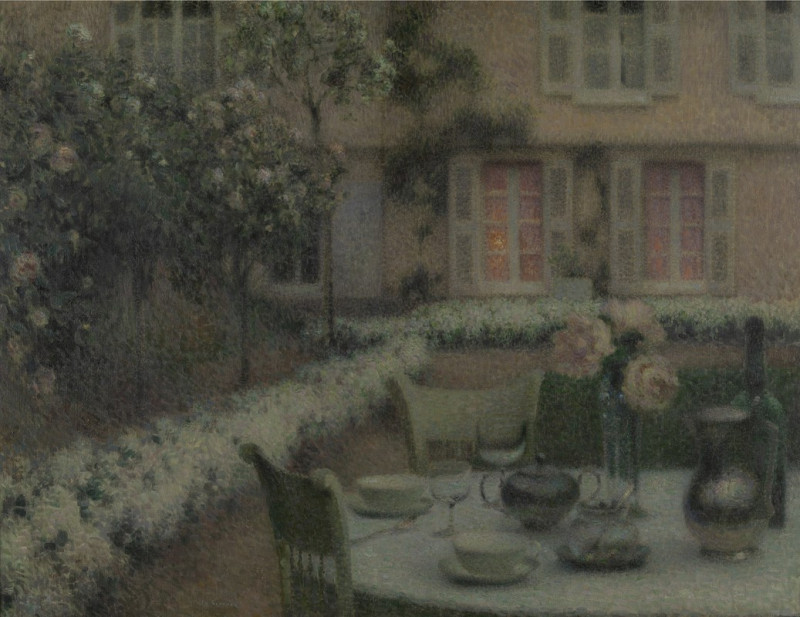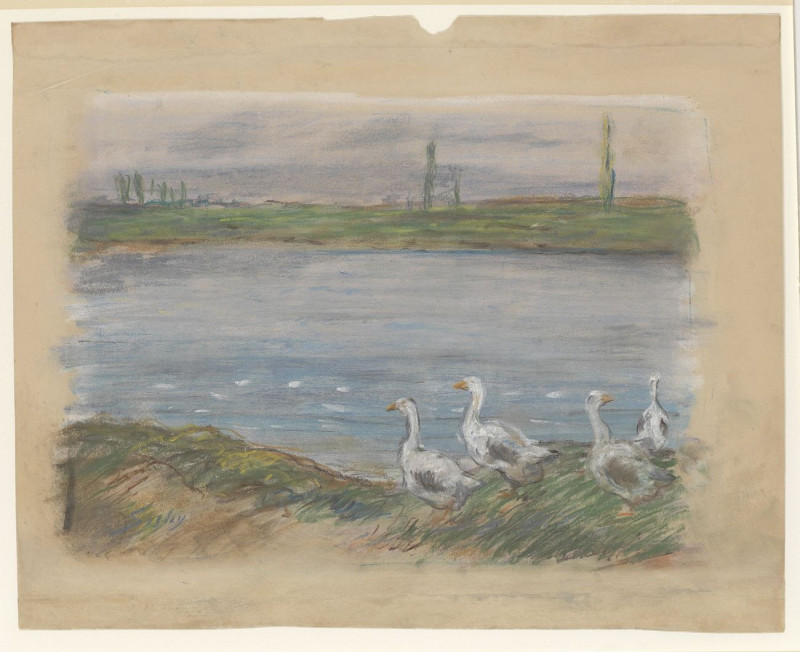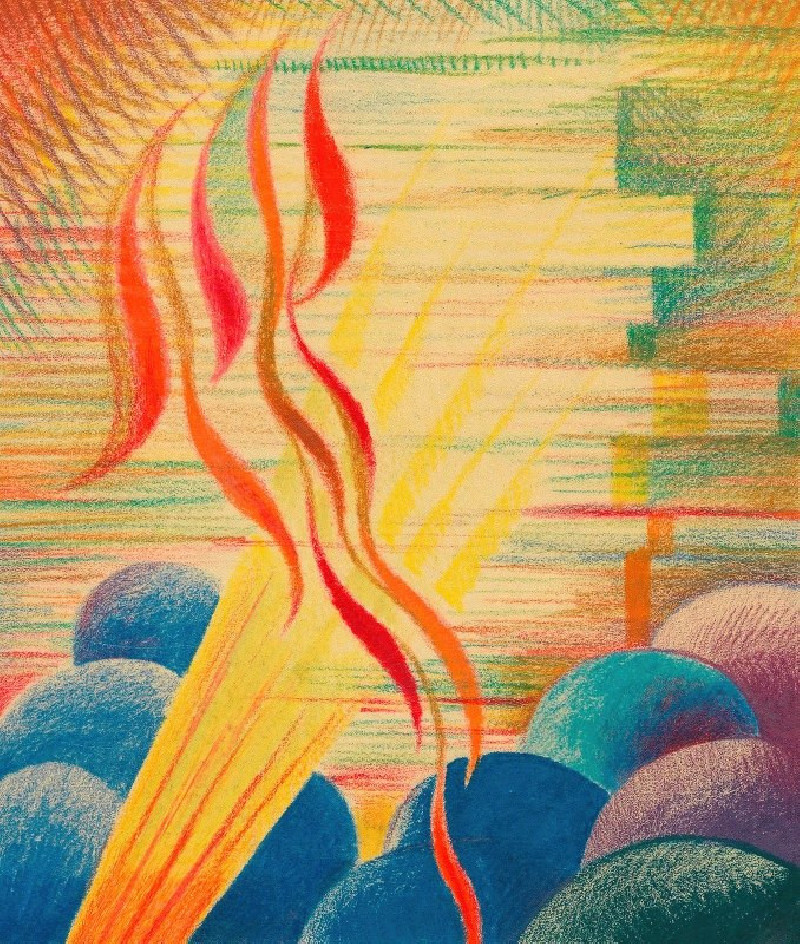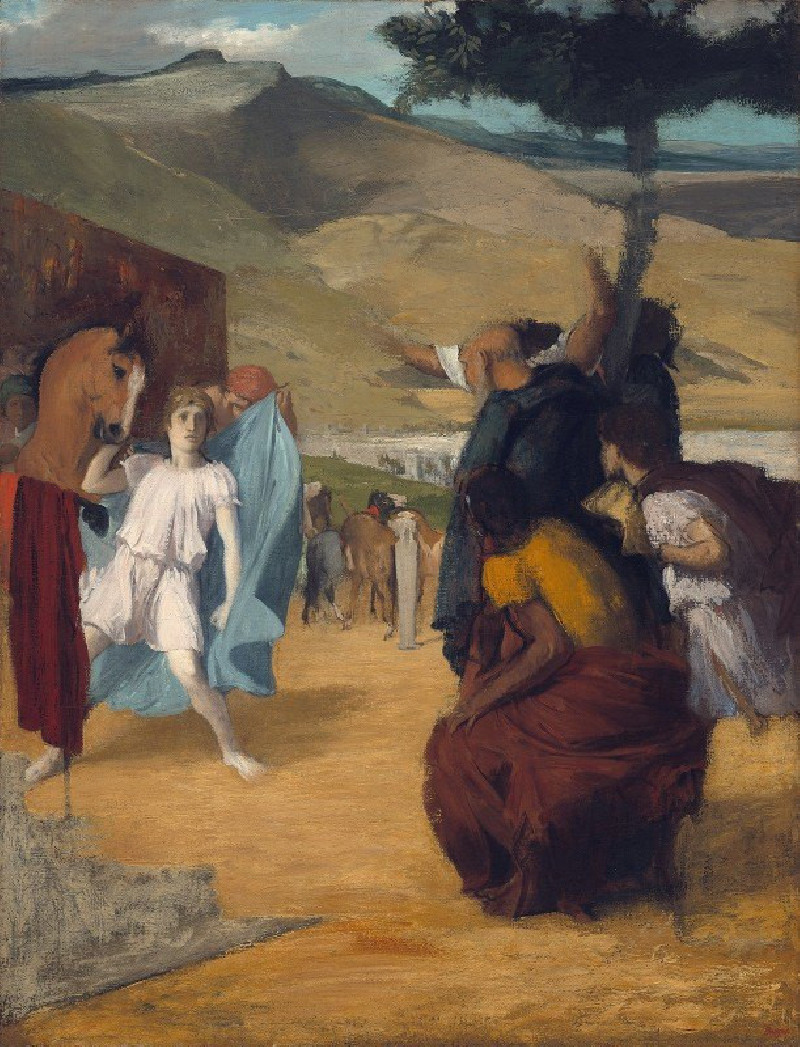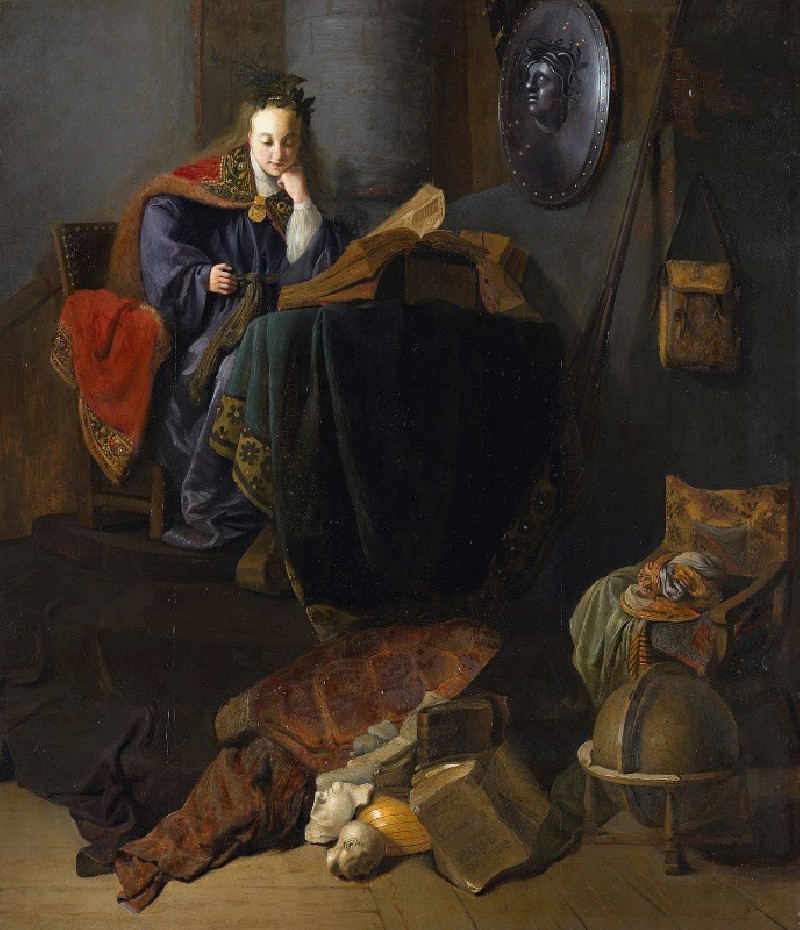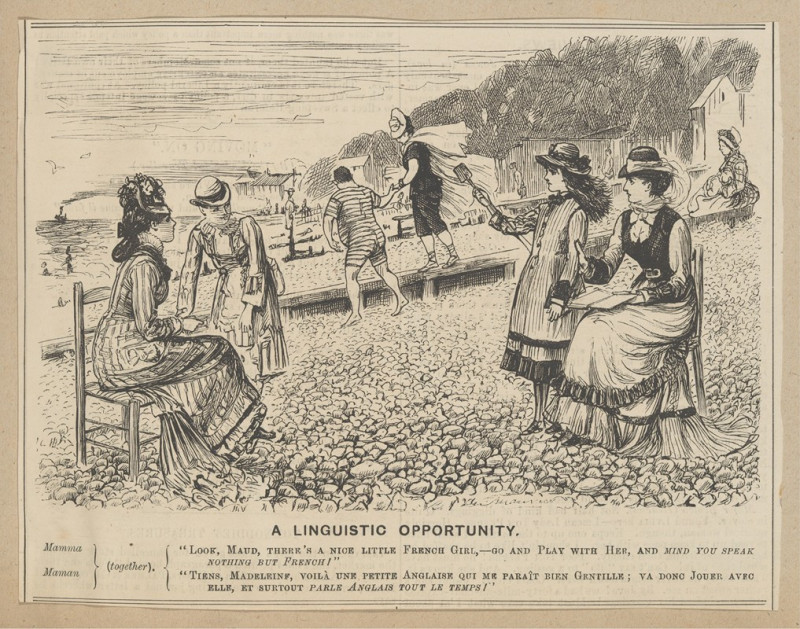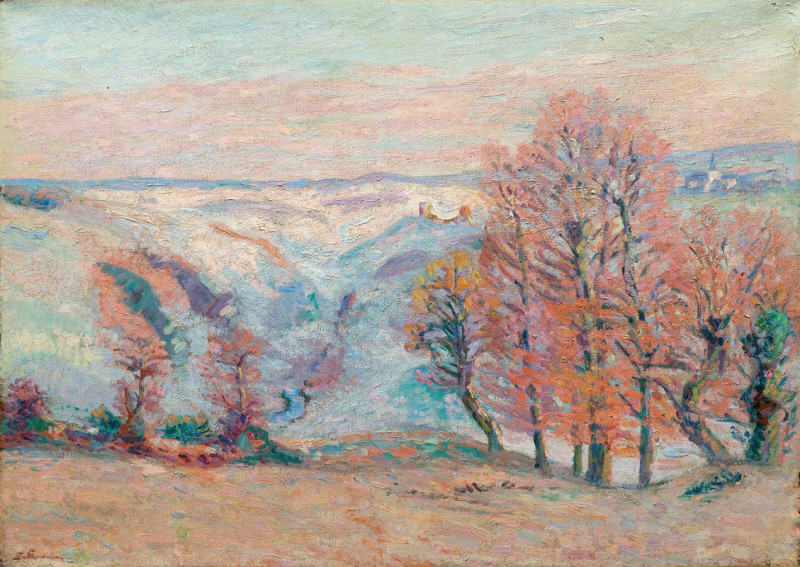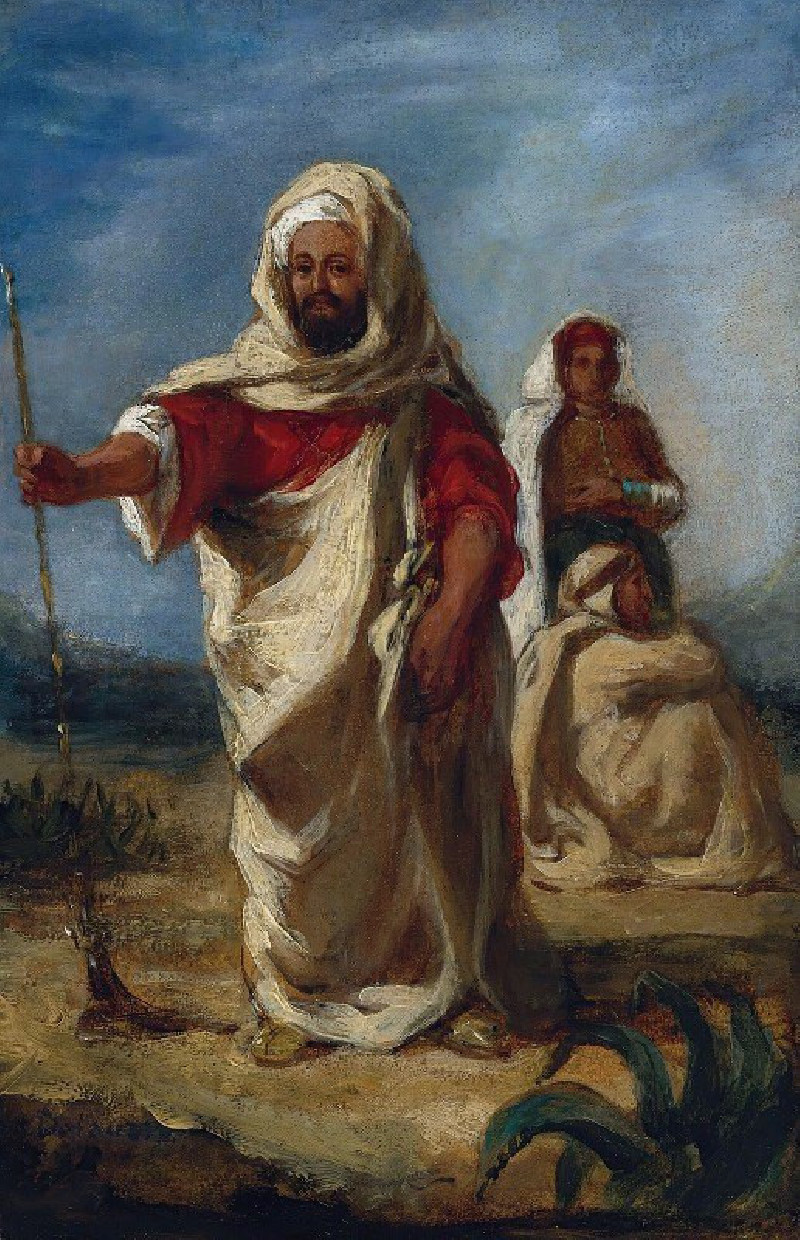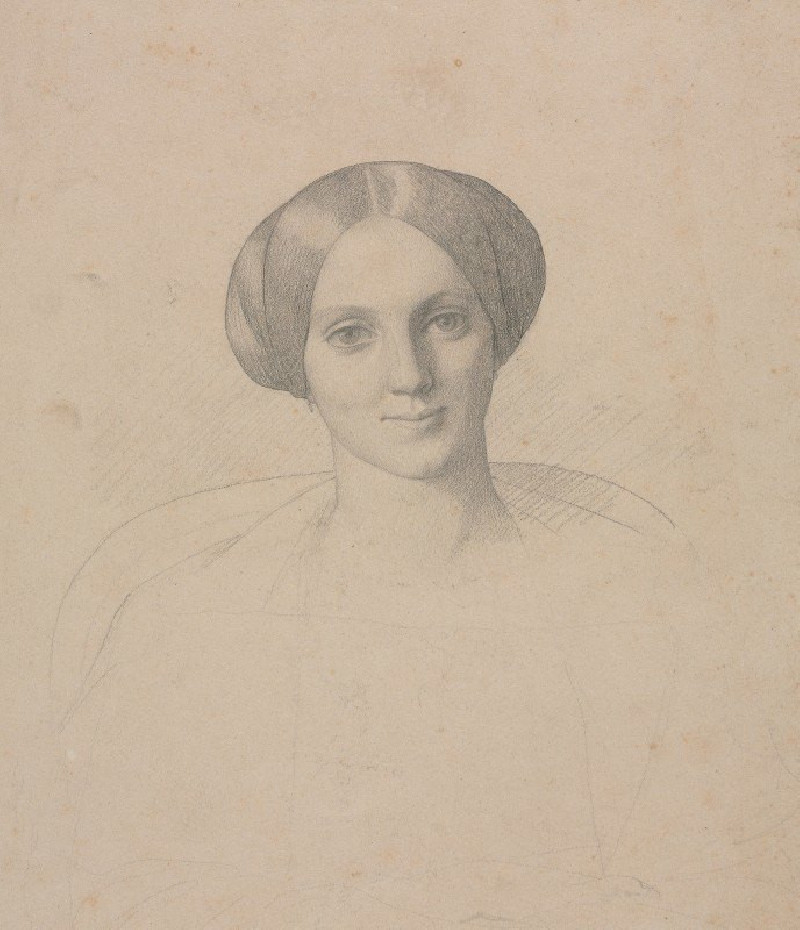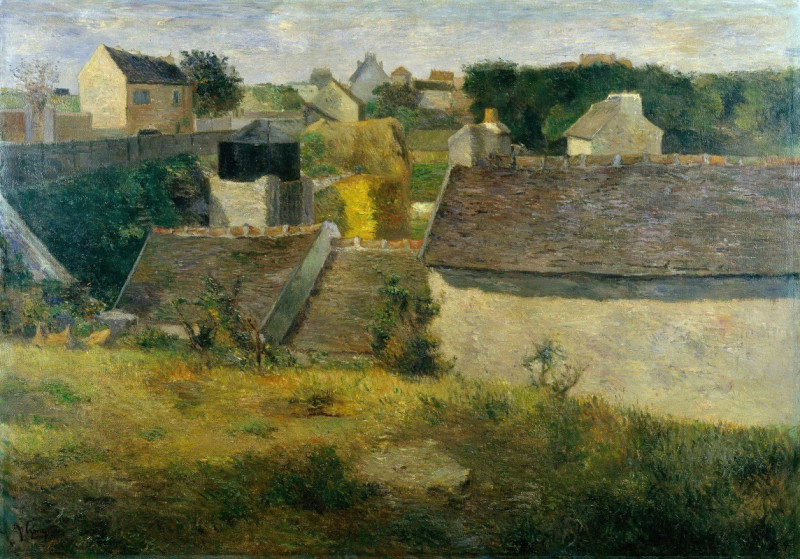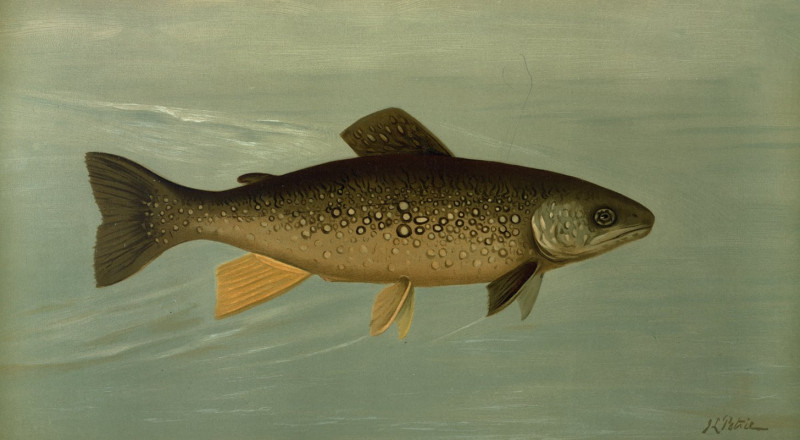Train Controller
Technique: Giclée quality print
Recommended by our customers
More about this artwork
The painting titled "Train Controller" by Gerrit Willem Dijsselhof presents a compelling and emotionally charged scene featuring a group of men, presumably train controllers or railway personnel, portrayed in expressive and somewhat exaggerated forms. The central figure stands out vividly as he yawns or shouts, his mouth agape in a dramatic and oversized expression, surrounded by others depicted in somewhat caricatured styles with intense, stern, or shouting faces.The use of dark uniforms adorned with red accents suggests a formal, possibly military or official context, further emphasized by their rigid, upright postures and hats, some of which are distinctly styled. The stark contrast between the uniforms and the vivid expressions adds a dynamic tension to the scene.Text inscribed at the top of the painting in German, "Wo man singt, da lasst euch ruhig nieder, Böse Menschen haben keine Lieder," translates to “Where people sing, settle yourselves without worry; evil people have no songs.” This phrase adds a layer of ironic or critical commentary, perhaps suggesting a juxtaposition between the outward authority or severity of the men and a deeper statement about human nature or societal roles.The style is marked by rough, expressive brushwork and a somewhat muted color palette, punctuated with pops of color which draw attention and add emotional depth to the portrayal. Altogether, the artwork conveys a powerful narrative feel, inviting viewers to reflect on authority, conformity, and the human expression within structured roles.
Delivery
Returns
Gerrit Willem Dijsselhof (1866-1924) was a Dutch painter and decorative artist from the Arts and Crafts Movement, which held great importance in the area of Dutch Art Nouveau. He was one of the founding members of the association “Labor et Aartes” together with other students from the art academy in Hague. Dijsselhof was an all-round artist who created furniture, bookbindings, textiles, embroidery patterns and more. He was inspired by the great artists of the movement such as William Morris and Walter Crane.

